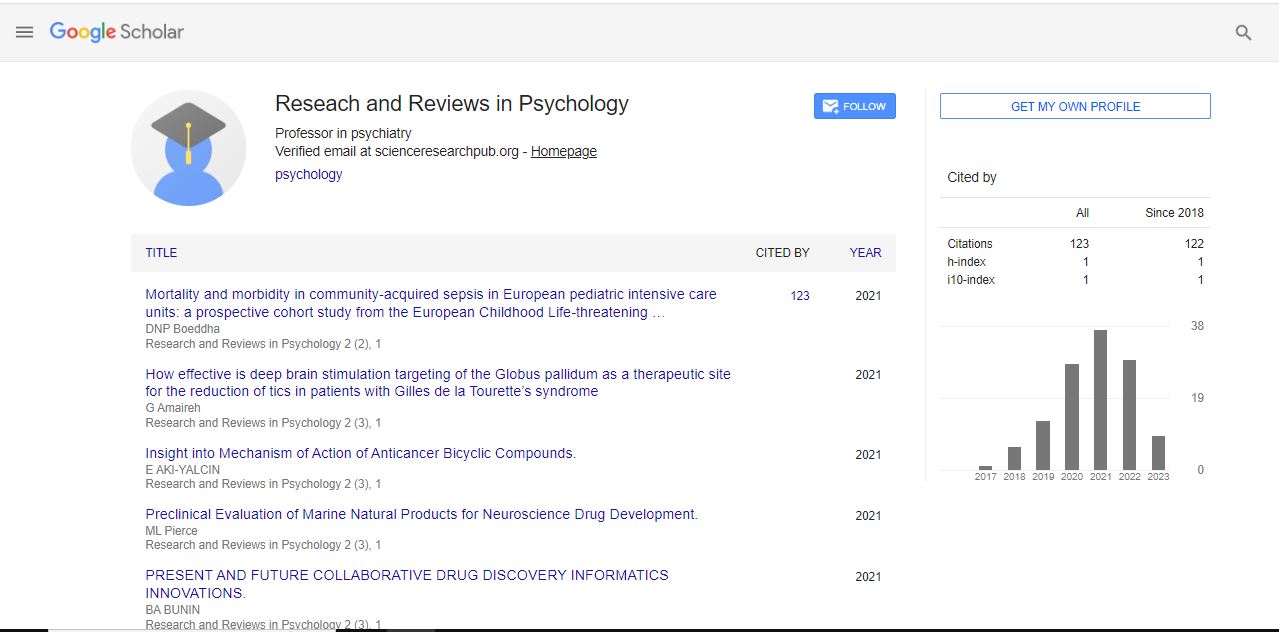Short Communication, Res Rev Phys Vol: 2 Issue: 4
The EU Pharmacovigilance System Master File (PSMF)
detecting, assessing, monitoring, and preventing adverse effects with pharmaceutical products. [1] The urgent need for this field within the pharmaceutical world became apparent after the two catastrophic events with sulphanilamide and thalidomide. Pharmacovigilance evolved drastically over the last few decades thanks to the experts creating legislations to properly control the safety, efficacy and quality of medicinal products. Despite that, new challenges are emerging. The year 2010 significantly shaped the currently known Pharma world introducing various updates to statutory and strengthening them. The newly introduced Directive 2010/84/EU amending Directive 2001/83/EC obliges each Market Authorisation Holder (MAH) with the EEA to have a so-called PSMF document in place for each Market Authorisation Application (MAA). The PSMF is a modular document describing the PV system which is utilised for the medicinal product by the MAH. It also supports the conduct of audits and inspections, confirms compliance of the PV system, highlights deficiencies in the system or non-compliance with the requirements, and highlights risks or actual failure in the conduct of specific aspects of PV. It is a key instrument and vital for a MAH, a dynamic document that also evolves with the MAH, and each section has to provide a detailed description of a specific aspect of the PV system. Due to its above-described nature, this document has to be provided to Competent Authorities upon request within seven days, if not otherwise specified. Although the information expected to be included within the PSMF is very well outlined in the legislation - GVP Module 2, findings identified during inspections suggest that some aspects of the legislation can be misunderstood.
Abstract
detecting, assessing, monitoring, and preventing adverse effects with pharmaceutical products. [1] The urgent need for this field within the pharmaceutical world became apparent after the two catastrophic events with sulphanilamide and thalidomide. Pharmacovigilance evolved drastically over the last few decades thanks to the experts creating legislations to properly control the safety, efficacy and quality of medicinal products. Despite that, new challenges are emerging. The year 2010 significantly shaped the currently known Pharma world introducing various updates to statutory and strengthening them. The newly introduced Directive 2010/84/EU amending Directive 2001/83/EC obliges each Market Authorisation Holder (MAH) with the EEA to have a so-called PSMF document in place for each Market Authorisation Application (MAA). The PSMF is a modular document describing the PV system which is utilised for the medicinal product by the MAH. It also supports the conduct of audits and inspections, confirms compliance of the PV system, highlights deficiencies in the system or non-compliance with the requirements, and highlights risks or actual failure in the conduct of specific aspects of PV. It is a key instrument and vital for a MAH, a dynamic document that also evolves with the MAH, and each section has to provide a detailed description of a specific aspect of the PV system. Due to its above-described nature, this document has to be provided to Competent Authorities upon request within seven days, if not otherwise specified. Although the information expected to be included within the PSMF is very well outlined in the legislation - GVP Module 2, findings identified during inspections suggest that some aspects of the legislation can be misunderstood.
 Spanish
Spanish  Chinese
Chinese  Russian
Russian  German
German  French
French  Japanese
Japanese  Portuguese
Portuguese  Hindi
Hindi 